Azerbaijan’s advance into Nagorny Karabakh, two years on - PHOTOS
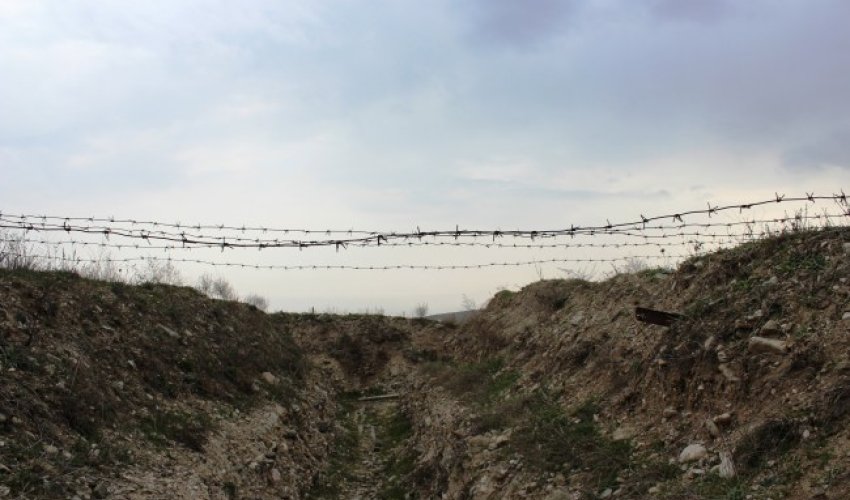
On the night of 2 April 2016, tensions on the Nagorny Karabakh line of contact erupted. Following four days of intense fighting, several strategic heights surrounding the Armenian-controlled village of Talish, including multiple Armenian positions, came under Azerbaijan’s control.
According to Azerbaijan, the heights were being used to shell the nearby Azerbaijani village of Tap Garagoyunlu, and frequent ceasefire violations posed a threat to the city of Naftalan and several other villages in Goranboy District. Before the April 2016 escalation, there had been casualties among the civilian population and damage done to their houses and farms. According to Armenia, the heights were vital to protect Armenian-controlled villages from shelling.
When Azerbaijan took control of these positions, they broke through the Ohanyan Barrier — a defensive line reinforced with trenches, barbed wire, and mines running across the entire Nagorny Karabakh line of contact. The line is named after former Armenian Defence Minister Seyran Ohanyan, who was dismissed in October 2016 in the aftermath of the clashes.
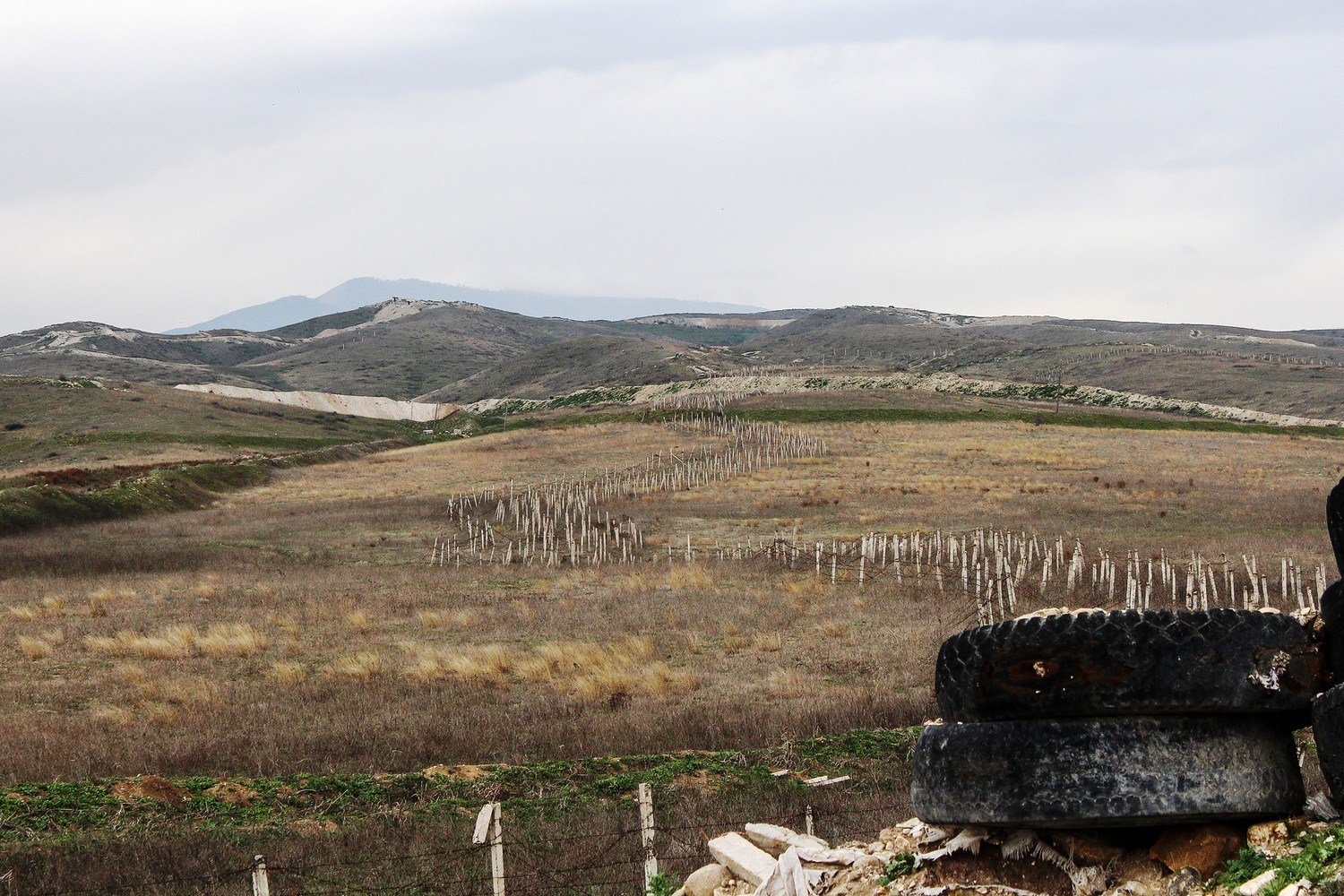

Barbed wire fences (Seymur Kazimov /OC Media)

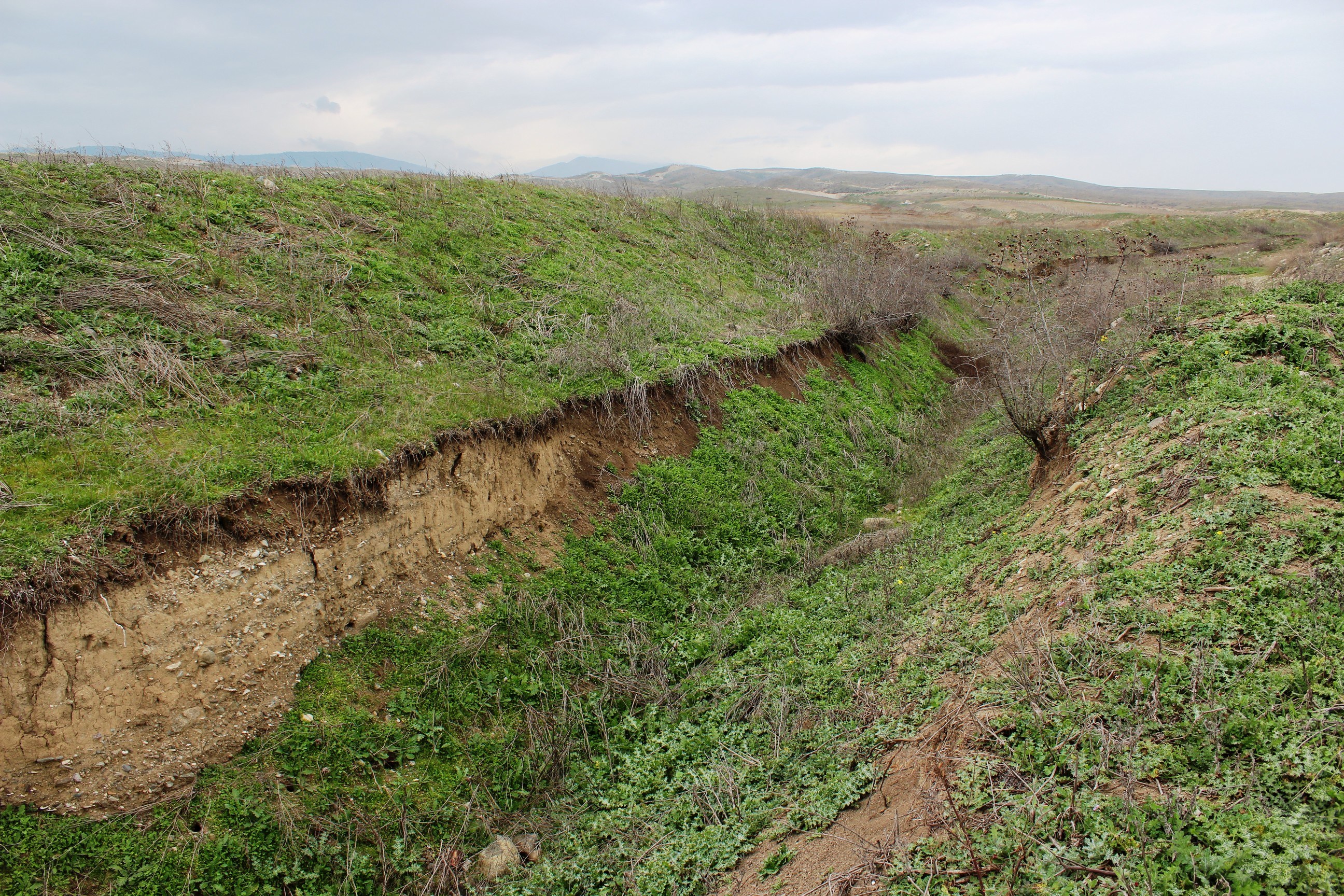
A trench and an anti-tank ‘hedgehog’ (Seymur Kazimov /OC Media)


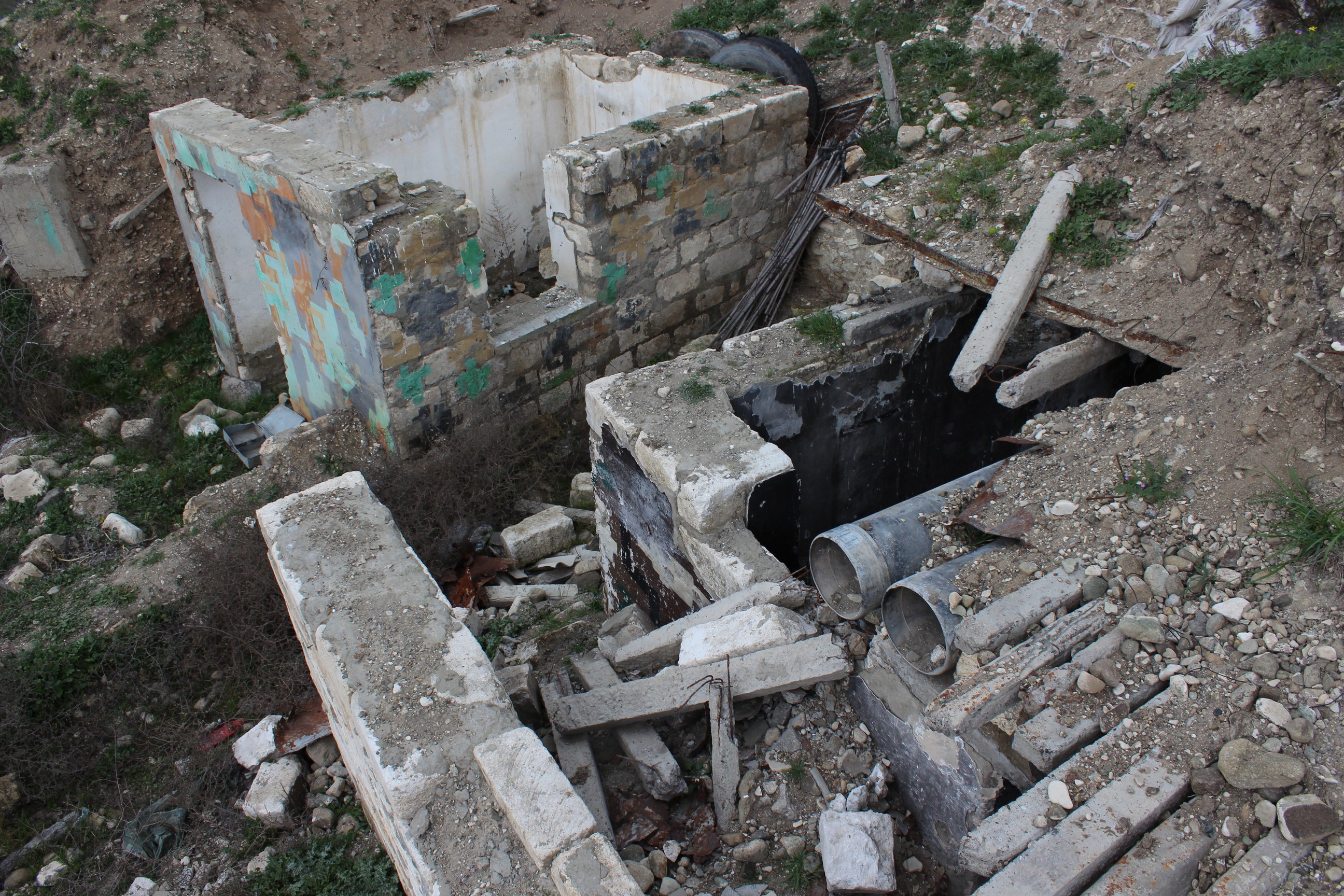
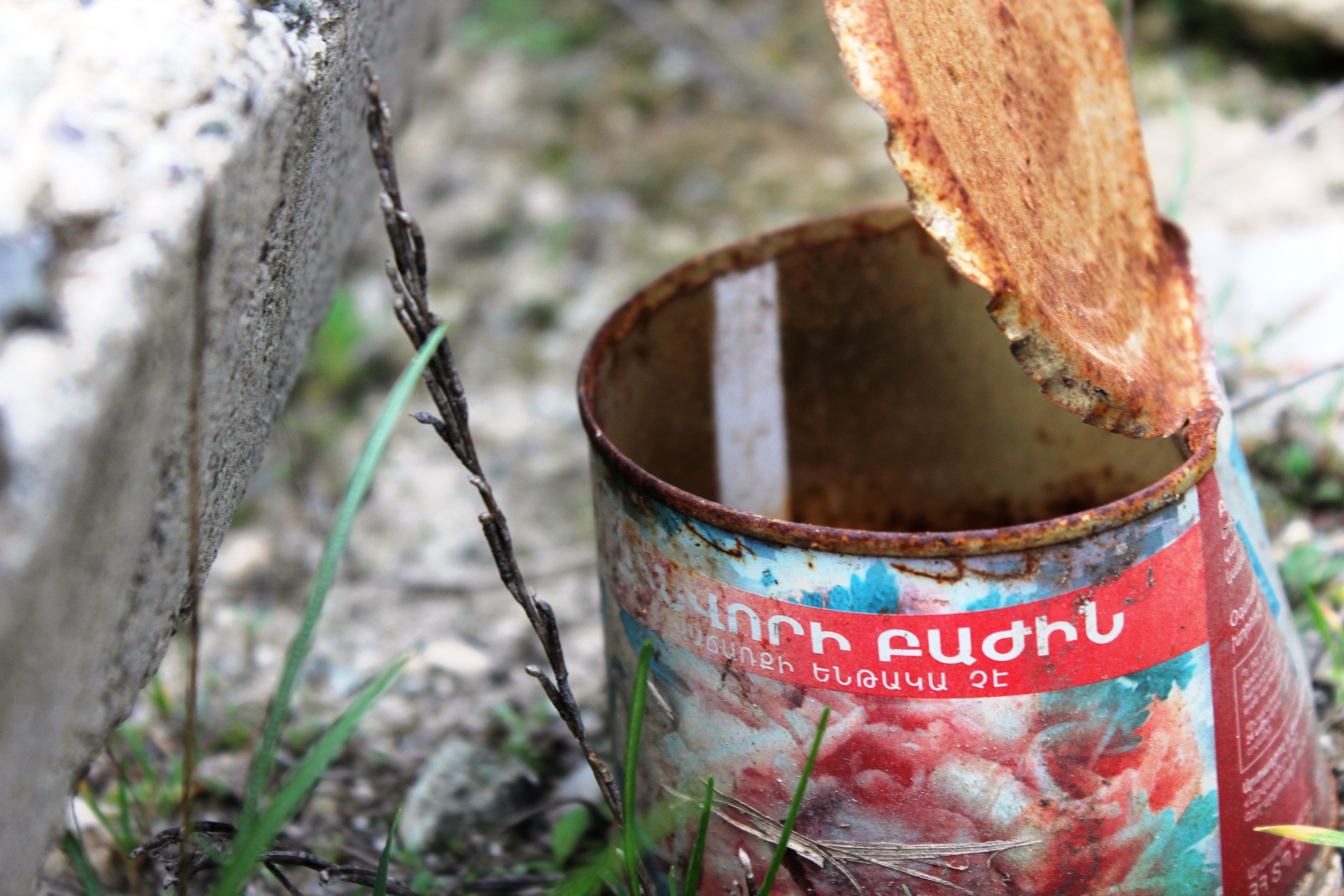
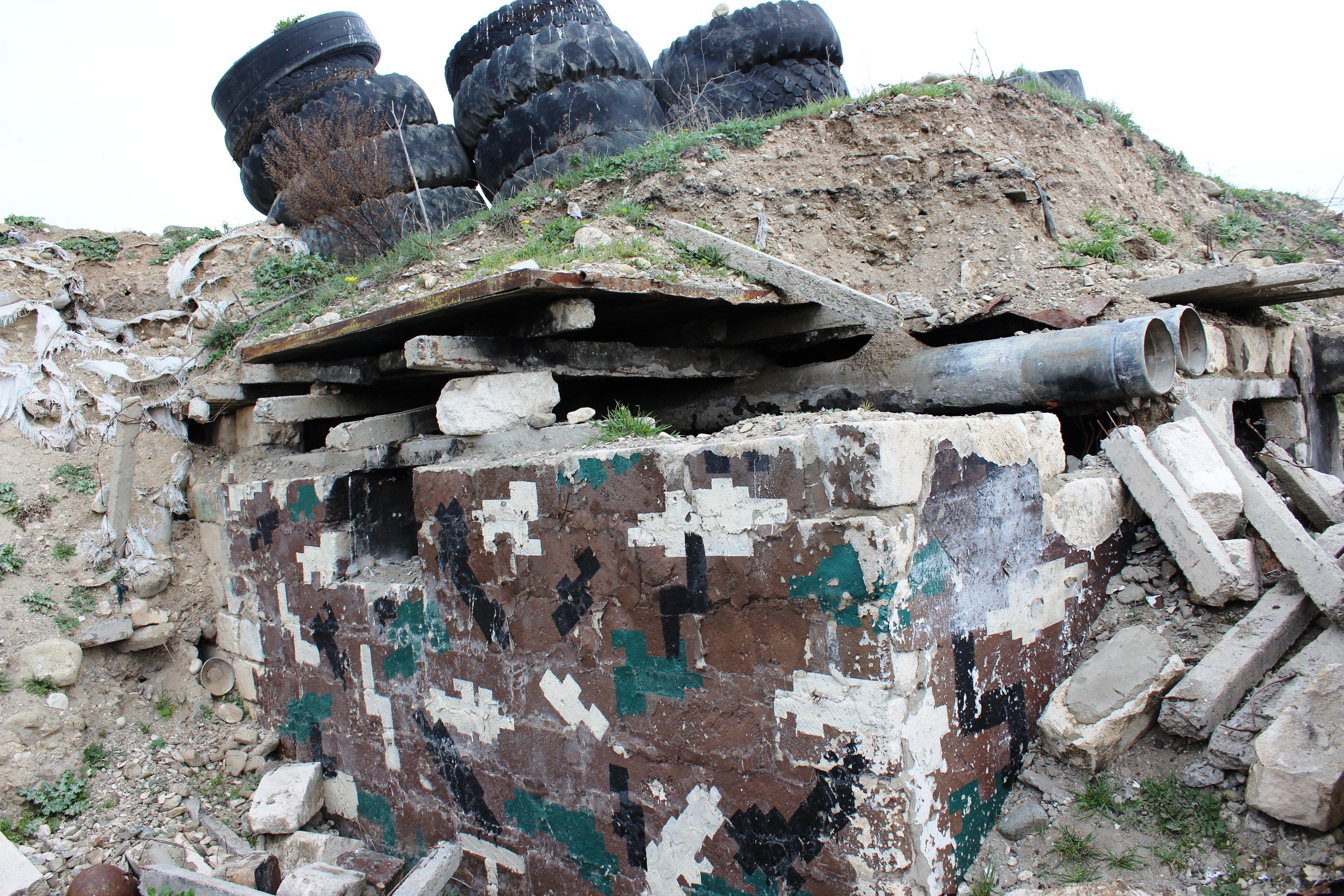
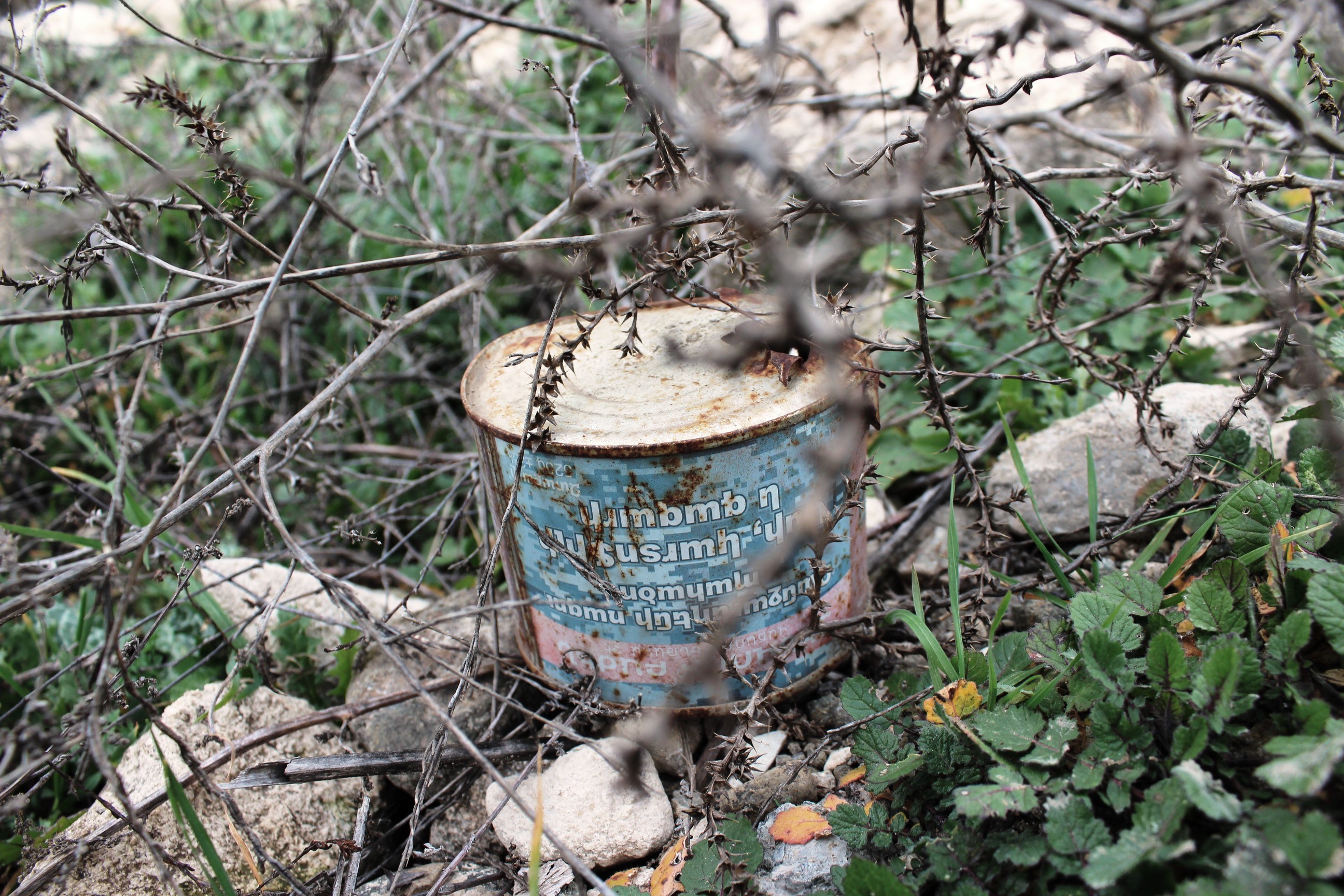
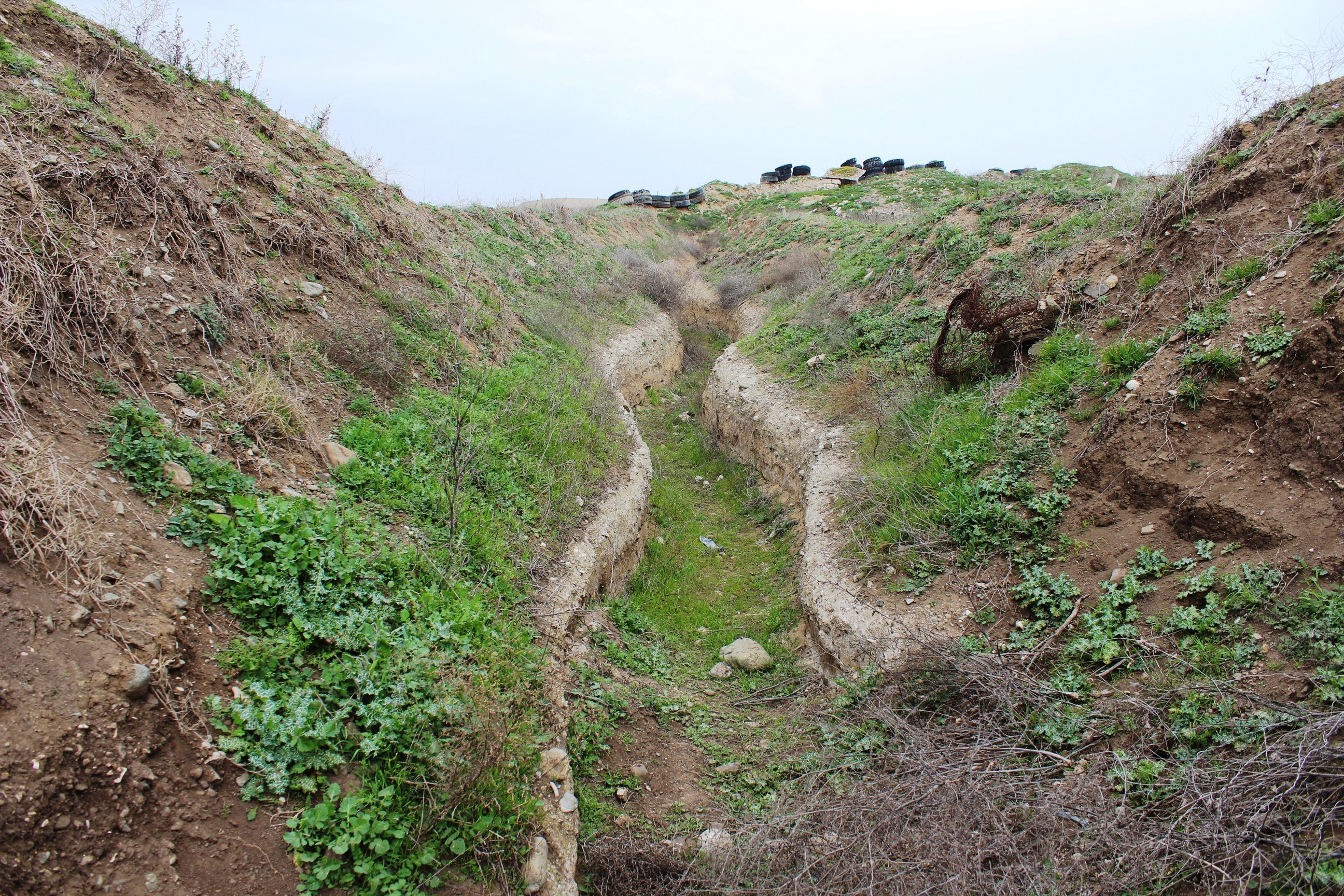
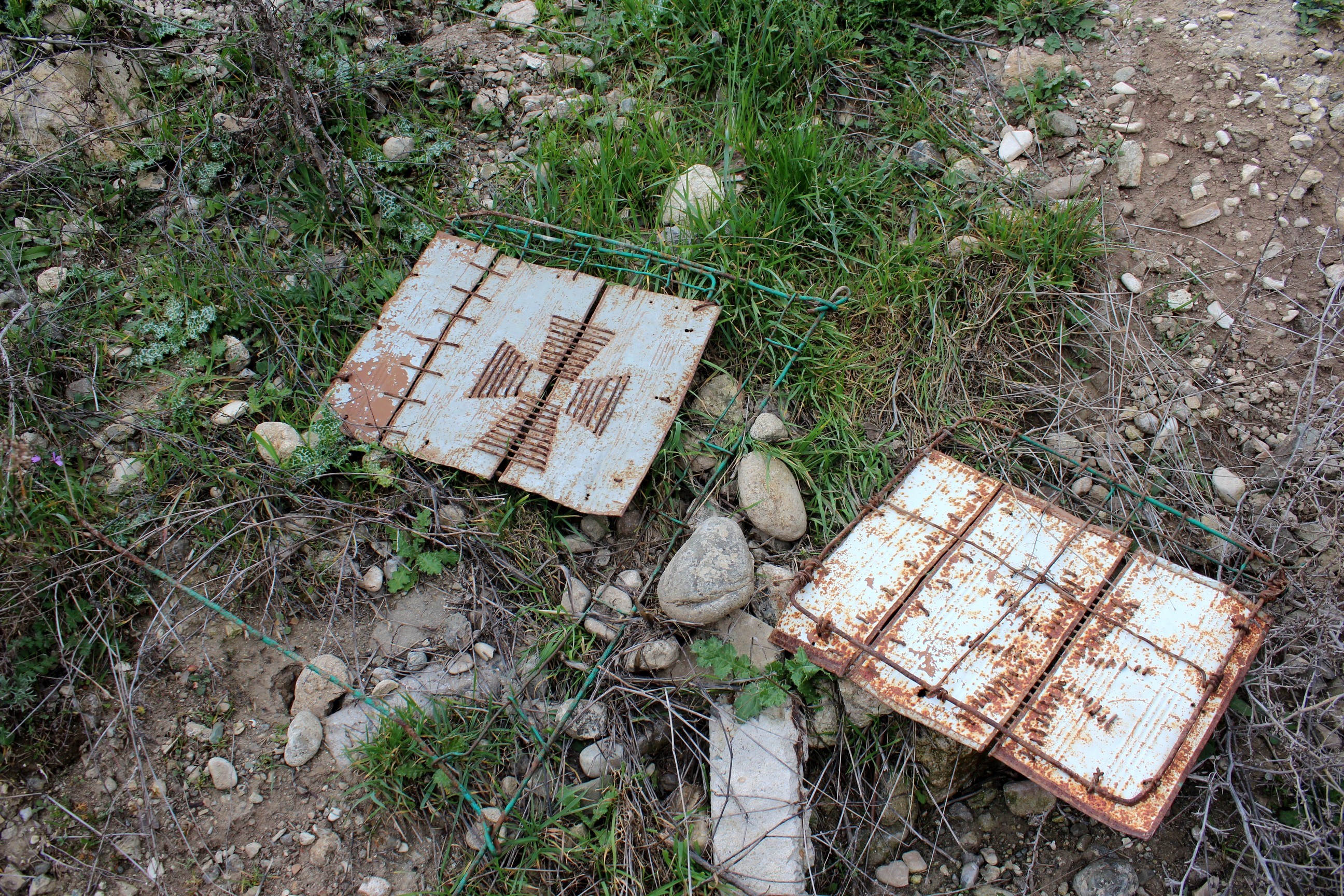
Former Armenian military facilities (Seymur Kazimov /OC Media)
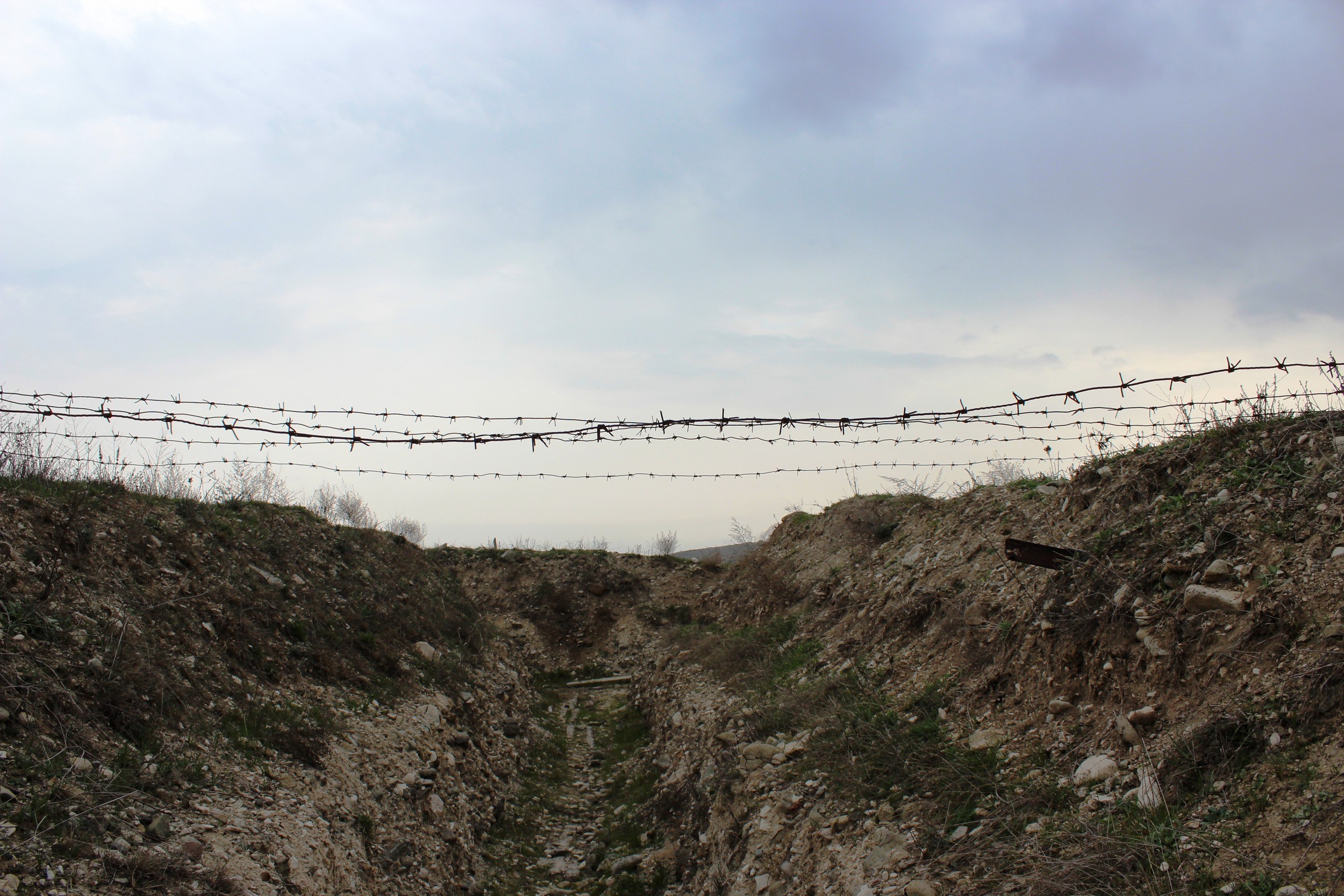
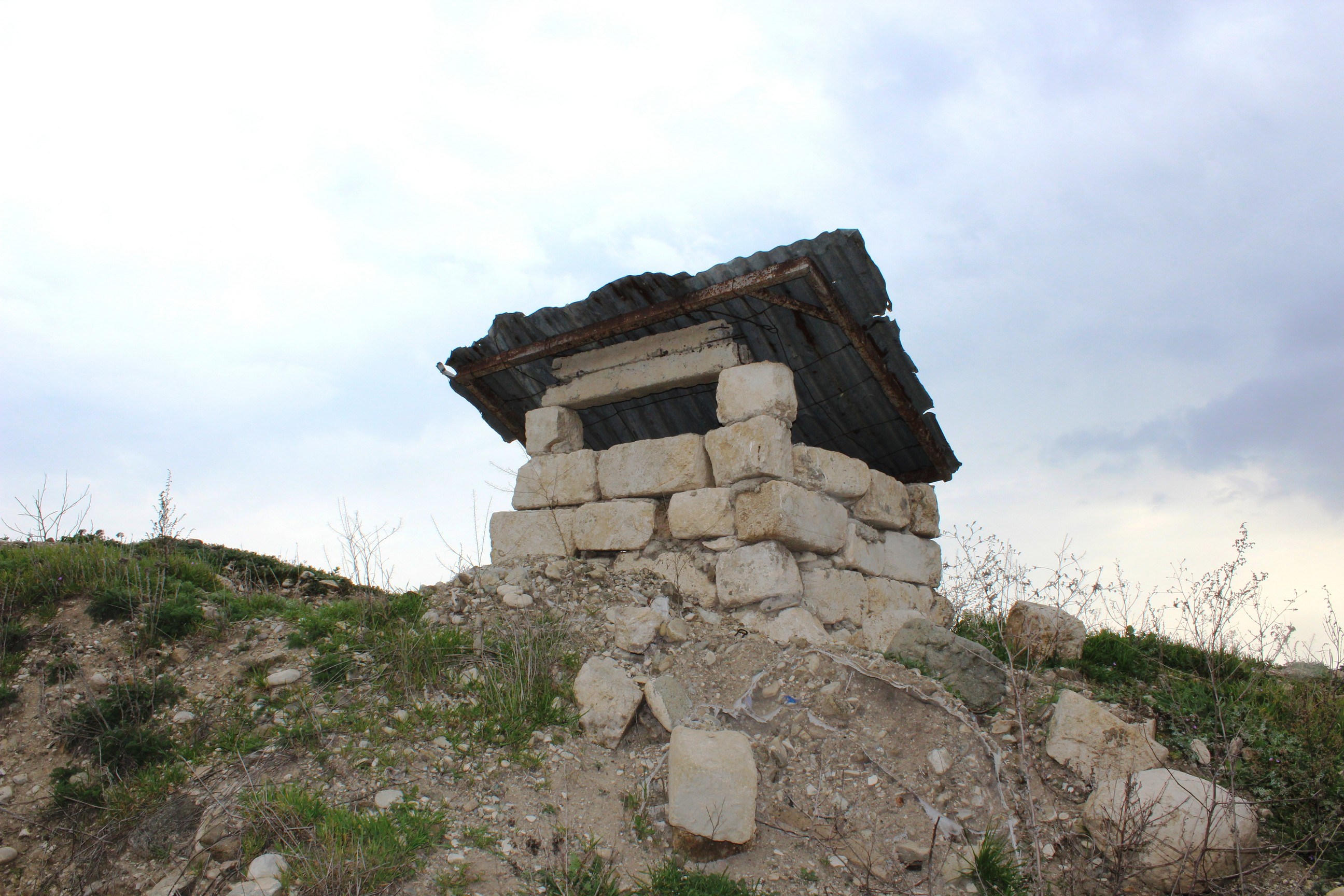
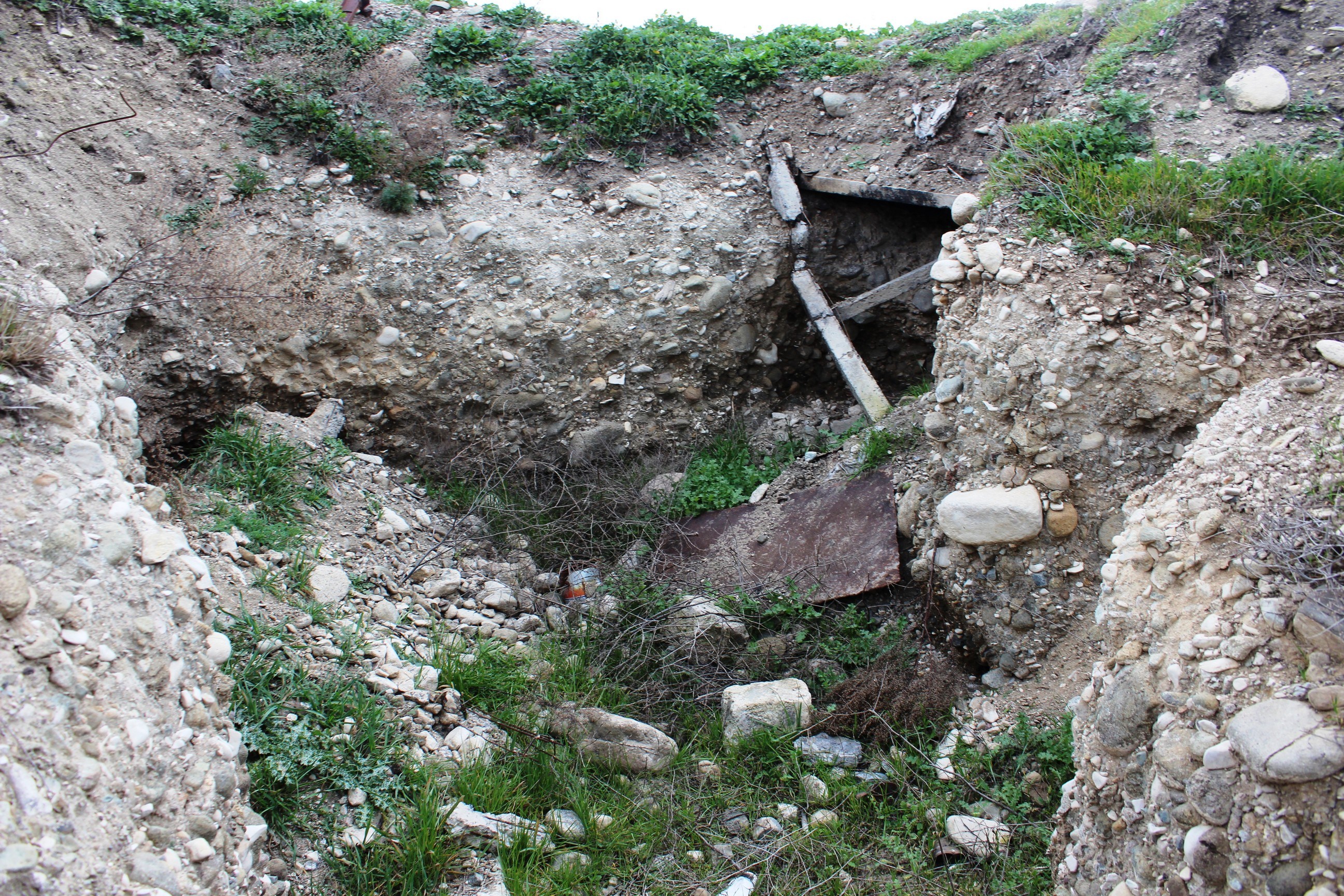

Roads between former Armenian military positions, observation facilities, trenches, and shelters (Seymur Kazimov /OC Media)

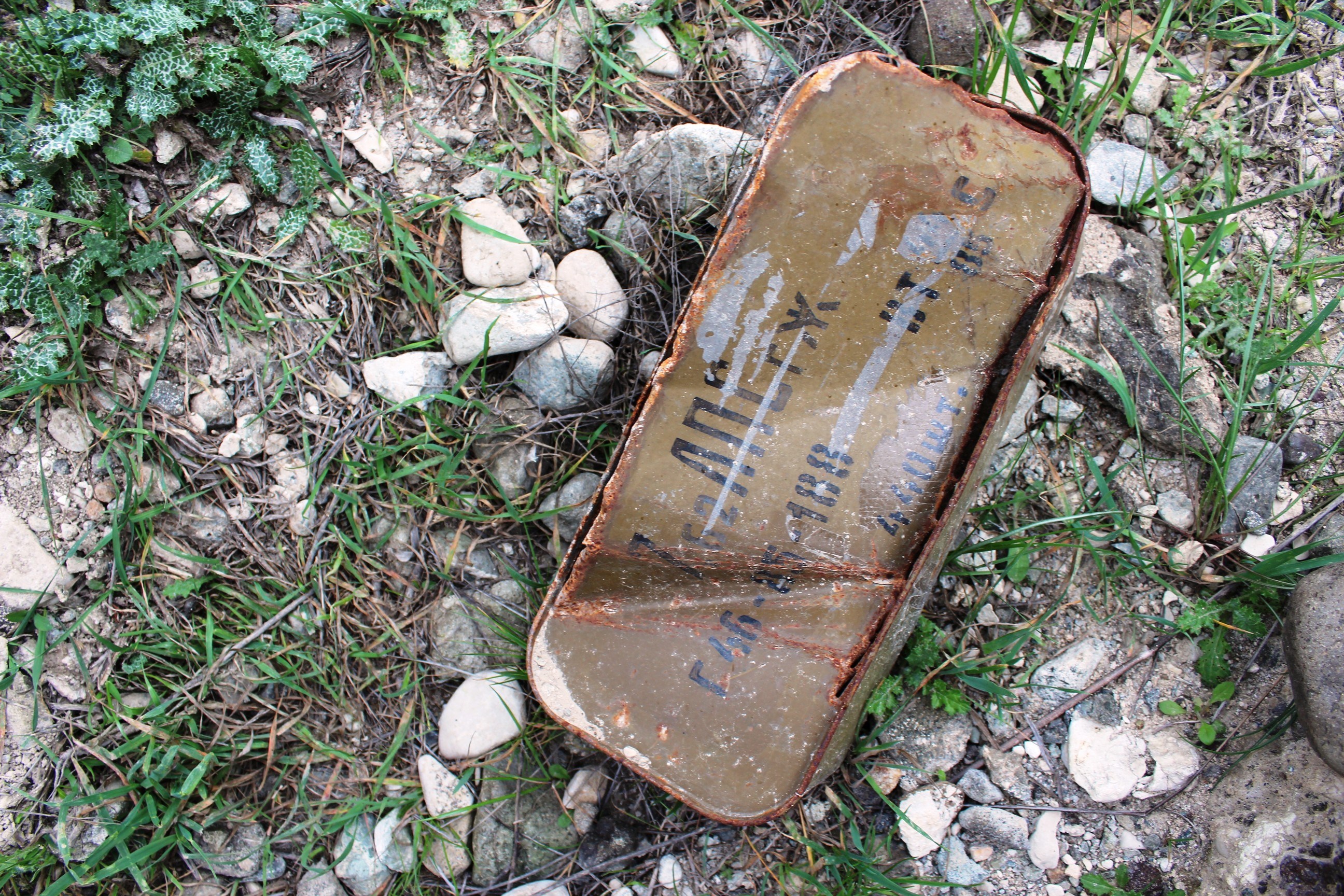
Empty ammunition boxes (Seymur Kazimov /OC Media)

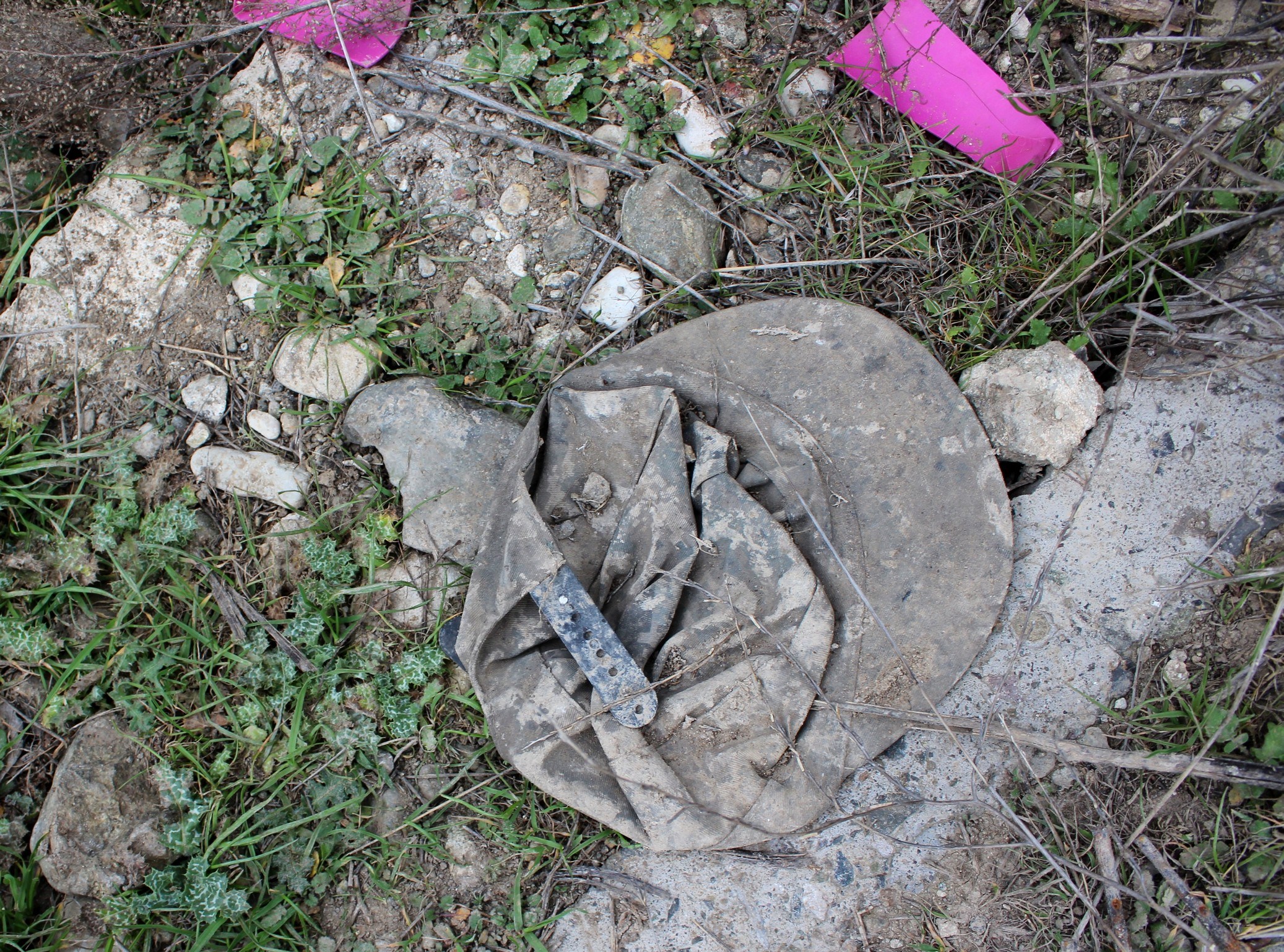
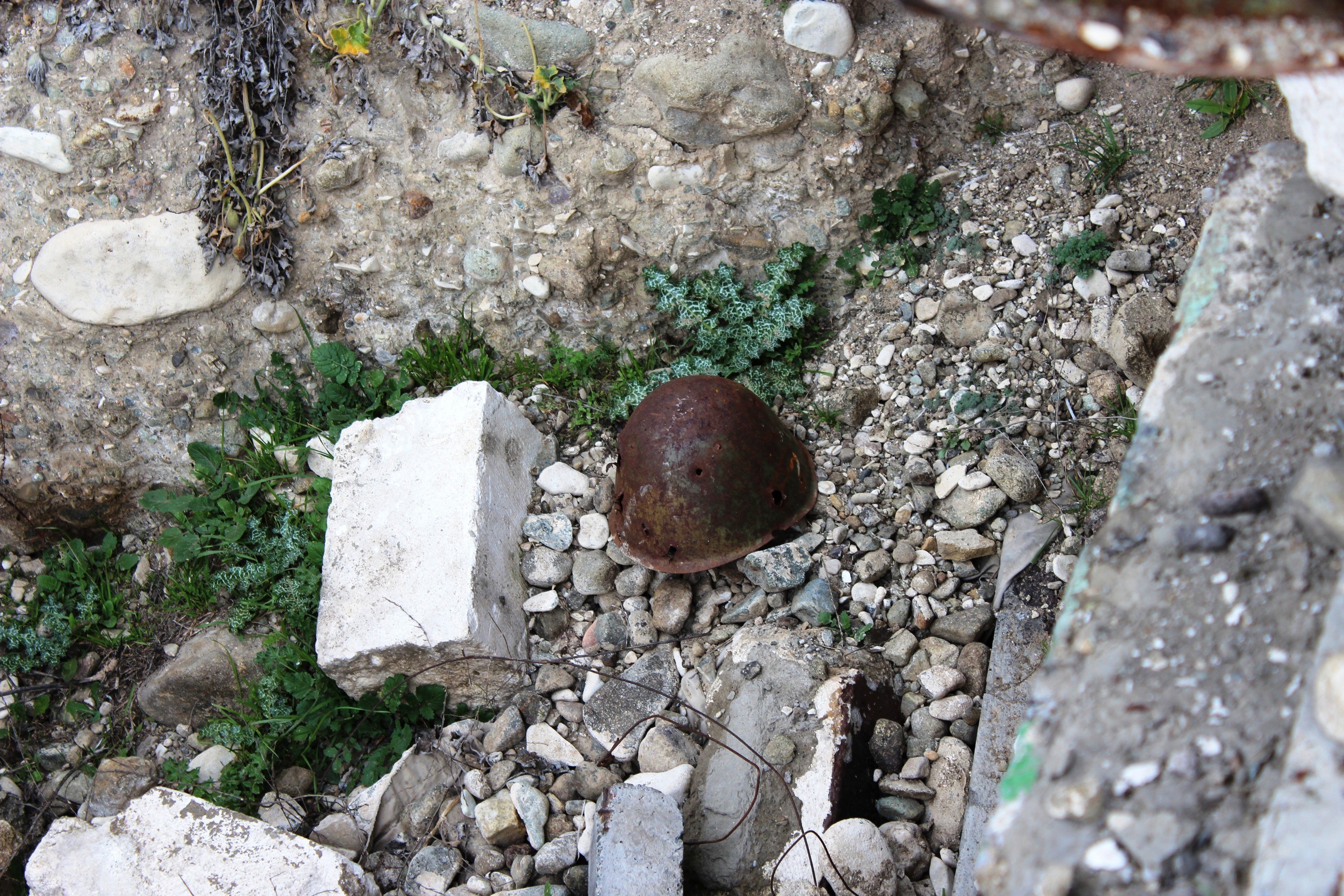
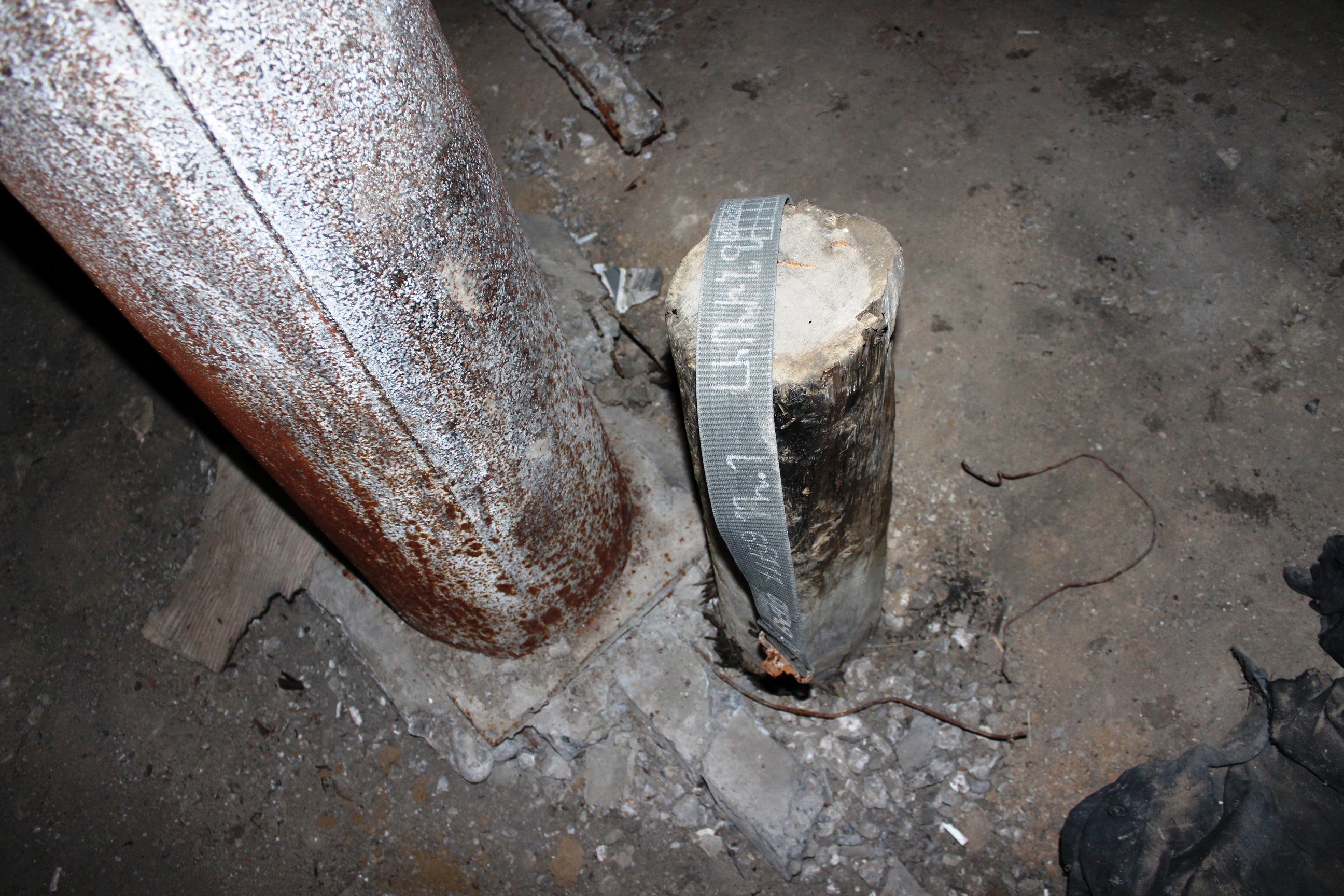
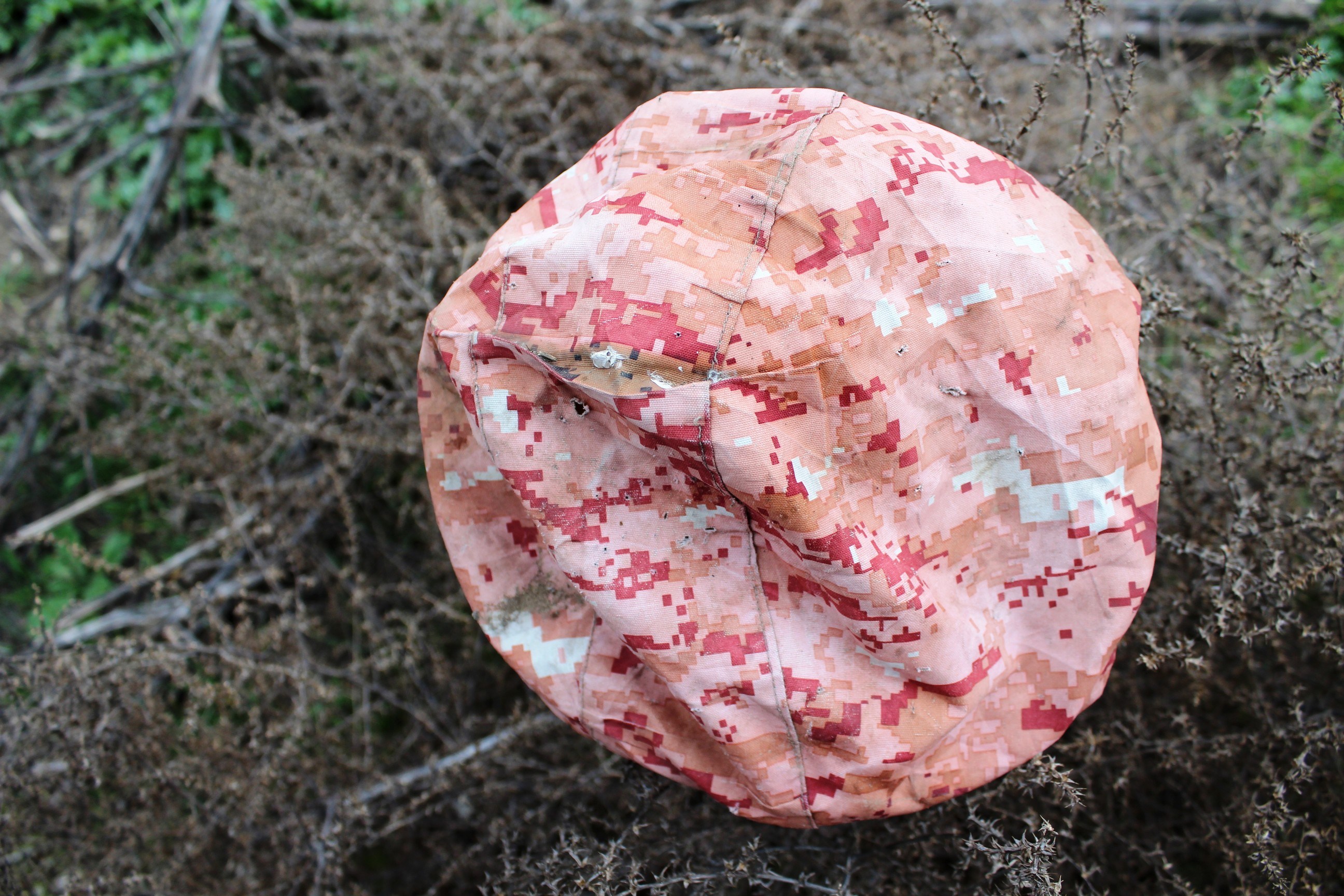
Pieces of clothing (Seymur Kazimov /OC Media)



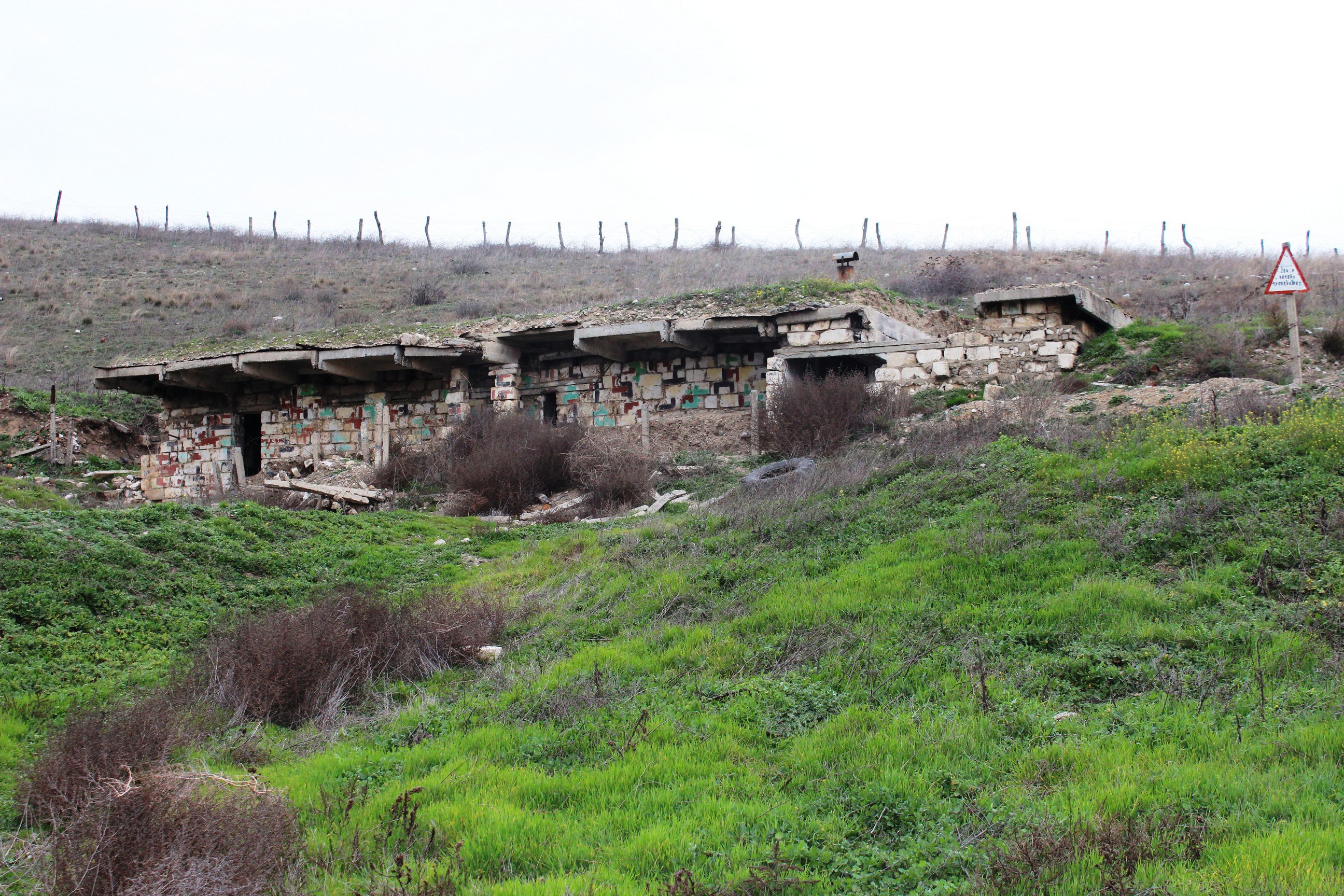
Inside and outside a military structure (Seymur Kazimov /OC Media)

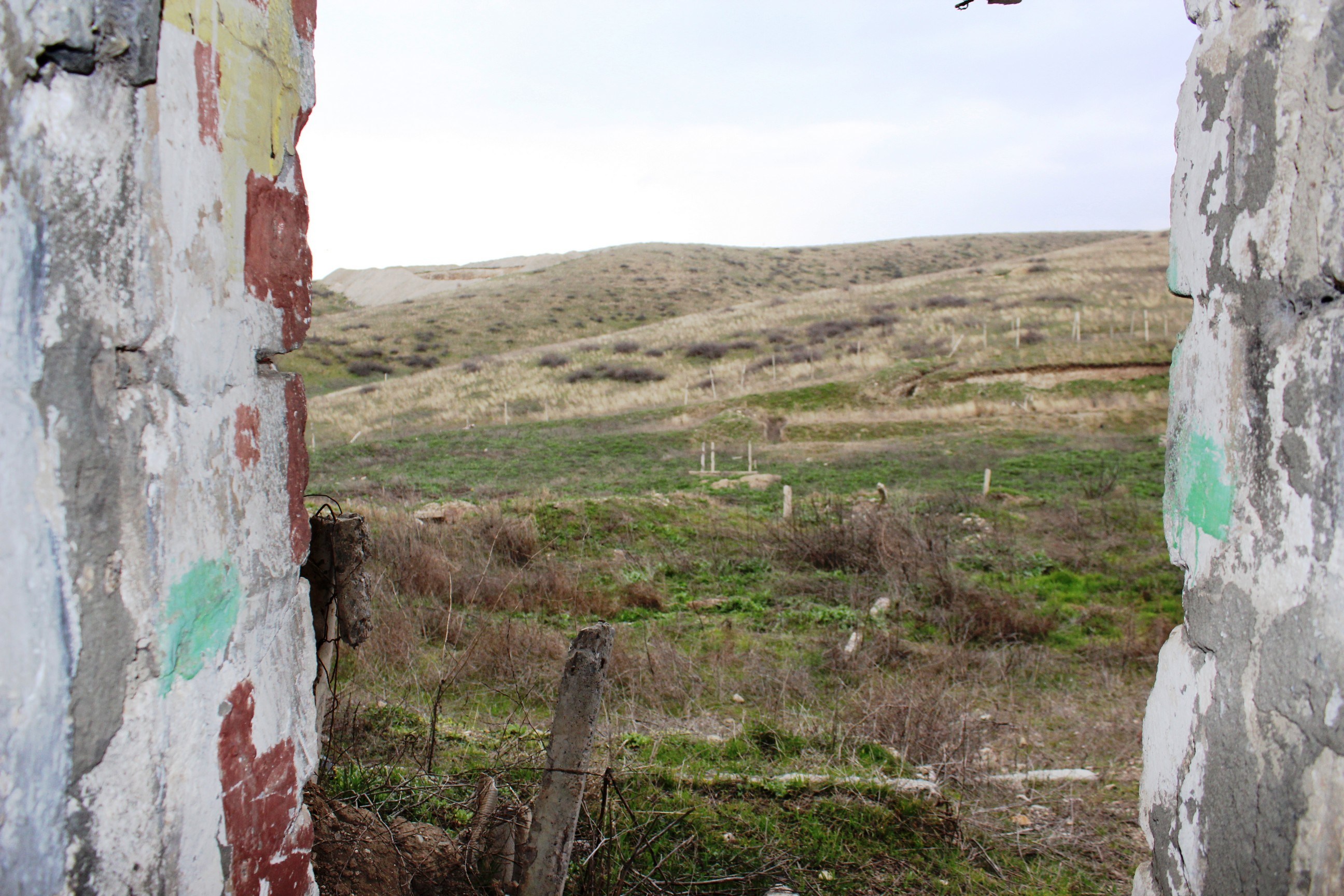
The Armenian-controlled village of Talish in the distance (Seymur Kazimov /OC Media)
This article is published as part of International Alert’s work on the Nagorny Karabakh conflict, which is part of the European Partnership for the Peaceful Settlement of the Conflict over Nagorno-Karabakh (EPNK), a European Union Initiative. All opinions expressed are the author’s alone, and may not necessarily reflect the views of OC Media, International Alert or its donors. The article was amended on 17 April 2018.
www.anews.az
According to Azerbaijan, the heights were being used to shell the nearby Azerbaijani village of Tap Garagoyunlu, and frequent ceasefire violations posed a threat to the city of Naftalan and several other villages in Goranboy District. Before the April 2016 escalation, there had been casualties among the civilian population and damage done to their houses and farms. According to Armenia, the heights were vital to protect Armenian-controlled villages from shelling.
When Azerbaijan took control of these positions, they broke through the Ohanyan Barrier — a defensive line reinforced with trenches, barbed wire, and mines running across the entire Nagorny Karabakh line of contact. The line is named after former Armenian Defence Minister Seyran Ohanyan, who was dismissed in October 2016 in the aftermath of the clashes.


Barbed wire fences (


A trench and an anti-tank ‘hedgehog’ (








Former Armenian military facilities (Seymur Kazimov /OC Media)




Roads between former Armenian military positions, observation facilities, trenches, and shelters (


Empty ammunition boxes (





Pieces of clothing (




Inside and outside a military structure (


The Armenian-controlled village of Talish in the distance (
This article is published as part of International Alert’s work on the Nagorny Karabakh conflict, which is part of the European Partnership for the Peaceful Settlement of the Conflict over Nagorno-Karabakh (EPNK), a European Union Initiative. All opinions expressed are the author’s alone, and may not necessarily reflect the views of OC Media, International Alert or its donors. The article was amended on 17 April 2018.
www.anews.az
Latest news 
More news 
































 Photo
Photo 



 Video
Video 

